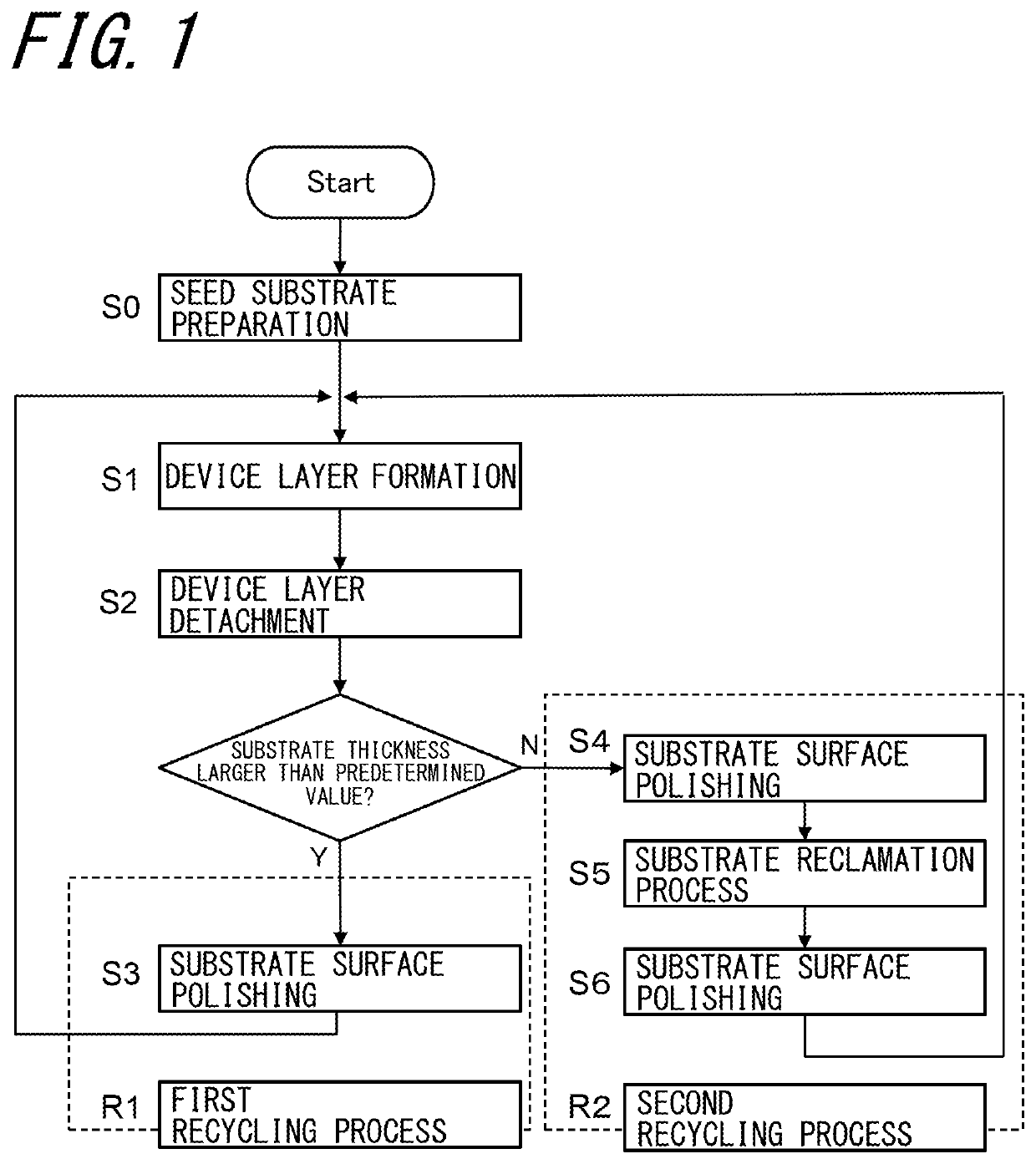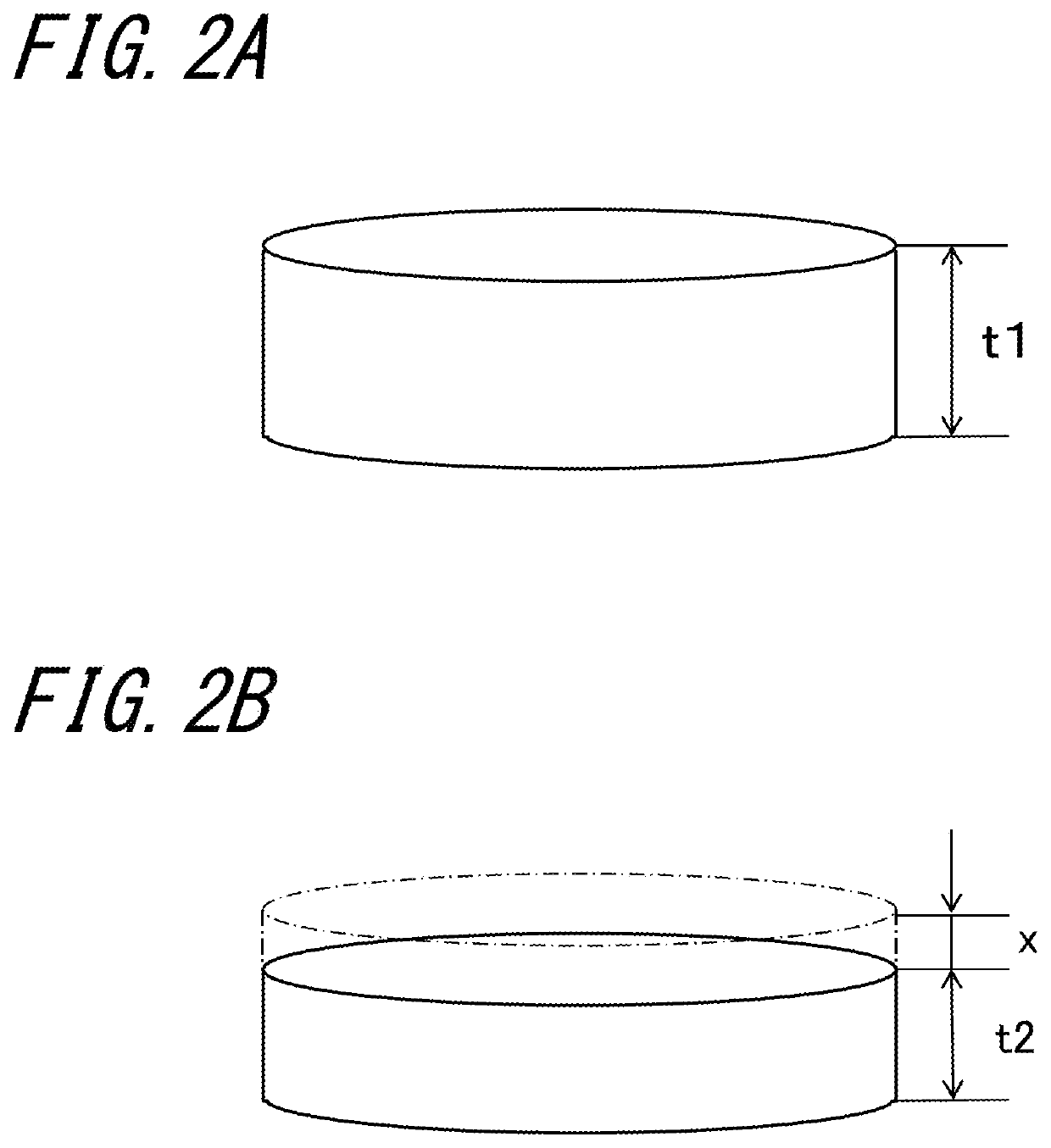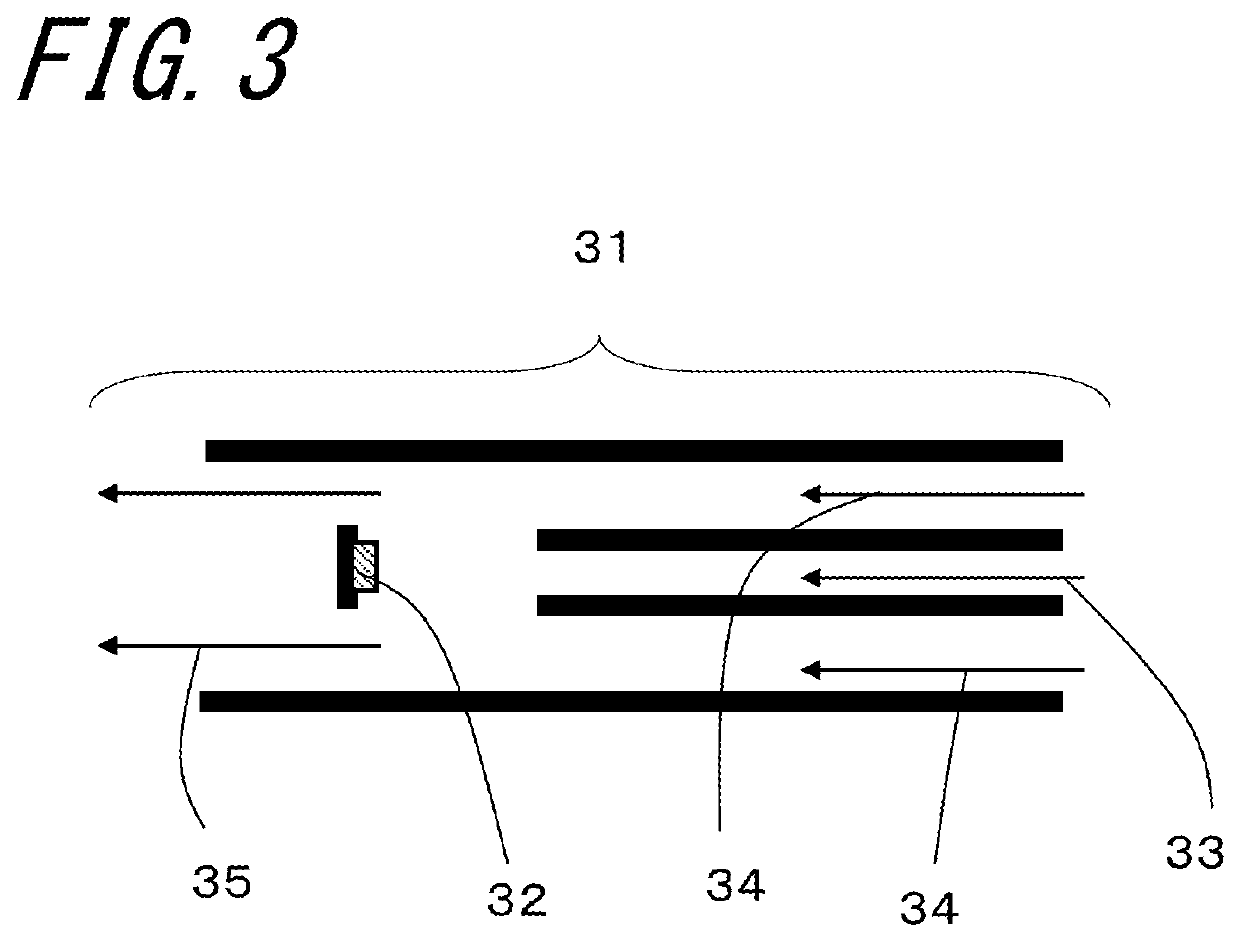Method for recycling substrate, method for manufacturing semiconductor device, and semiconductor device
a technology for recycling substrates and semiconductor devices, applied in the direction of crystal growth process, polycrystalline material growth, after-treatment details, etc., can solve the problems of difficult characteristic improvement, high cost of nitride semiconductor substrates, and inapplicability, so as to increase the cost of manufacturing a semiconductor device and achieve high-efficiency substrate recycling
- Summary
- Abstract
- Description
- Claims
- Application Information
AI Technical Summary
Benefits of technology
Problems solved by technology
Method used
Image
Examples
embodiment 1
[0096]The specific embodiments of the invention are described. FIGS. 6A to 9C are sectional views showing a semiconductor device manufacturing method according to an example of the present embodiment. In the present embodiment, for the nitride semiconductor seed substrate, a GaN substrate 104 having a c-plane growth surface is used. The GaN substrate 104 is produces by the ammonothermal method. Also, the second recycling process R2 is performed by the HVPE method. In the below, the specific method is described.
[0097]The following describes the method of obtaining the GaN substrate 104 as the nitride semiconductor seed substrate in the preparation step S0. As shown in FIG. 6A, on a sapphire substrate 100, a GaN thick film having a thickness of about 5 to 10 mm is formed by the HVPE method to obtain bulk GaN 101. Then, a free standing GaN substrate 102 is formed by performing slicing in a direction parallel to the c-plane. The free standing GaN substrate 102 has a thickness of about 3...
embodiment 2
[0112]In Embodiment 2, for the nitride semiconductor seed substrate, the m-plane GaN substrate (not shown) was used and the nitride semiconductor seed substrate was manufactured by the ammonothermal method. Also, the second recycling process was performed by the HVPE method.
[0113]When using the non-polar substrate represented by the m-plane and the a-plane or the semipolar plane substrate other than the c-plane (as the semipolar substrate, the {30-31}, {30-3-1}, {20-21}, {20-2-1}, {10-11}, {10-1-1}, {10-11}, {10-1-1}, {10-12}, {10-1-2}, {11-22} and {11-2-2} planes may be exemplified), the substrate can be regrown to a thickness of 10 mm, for example, in the second recycling process R2. In this case, however, it is known that the basal plane stacking defect existing in the nitride semiconductor seed substrate increases, so that the defect density increases. In this case, when the reclaimed film thickness in the second recycling process R2 is suppressed to 600 μm or less, or preferabl...
embodiment 3
[0114]In the present embodiment, for the nitride semiconductor seed substrate, the c-plane GaN substrate (not shown) was used, and the nitride semiconductor seed substrate was manufactured by the ammonothermal method. Moreover, in the second recycling process R2, the substrate reclamation step S5 was performed by the ammonothermal method. It is possible to manufacture the high-quality substrate having less strain.
PUM
 Login to View More
Login to View More Abstract
Description
Claims
Application Information
 Login to View More
Login to View More - R&D
- Intellectual Property
- Life Sciences
- Materials
- Tech Scout
- Unparalleled Data Quality
- Higher Quality Content
- 60% Fewer Hallucinations
Browse by: Latest US Patents, China's latest patents, Technical Efficacy Thesaurus, Application Domain, Technology Topic, Popular Technical Reports.
© 2025 PatSnap. All rights reserved.Legal|Privacy policy|Modern Slavery Act Transparency Statement|Sitemap|About US| Contact US: help@patsnap.com



